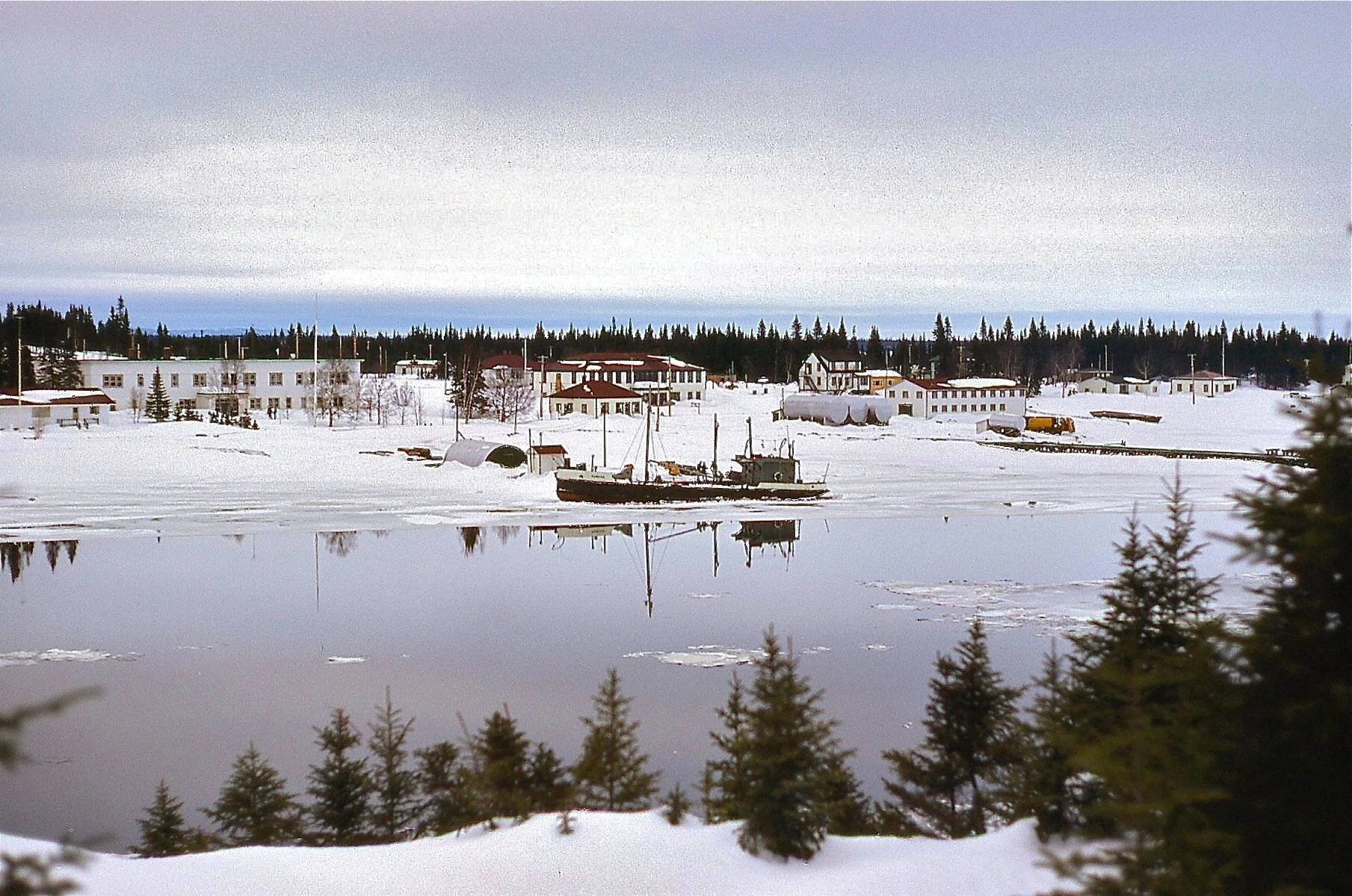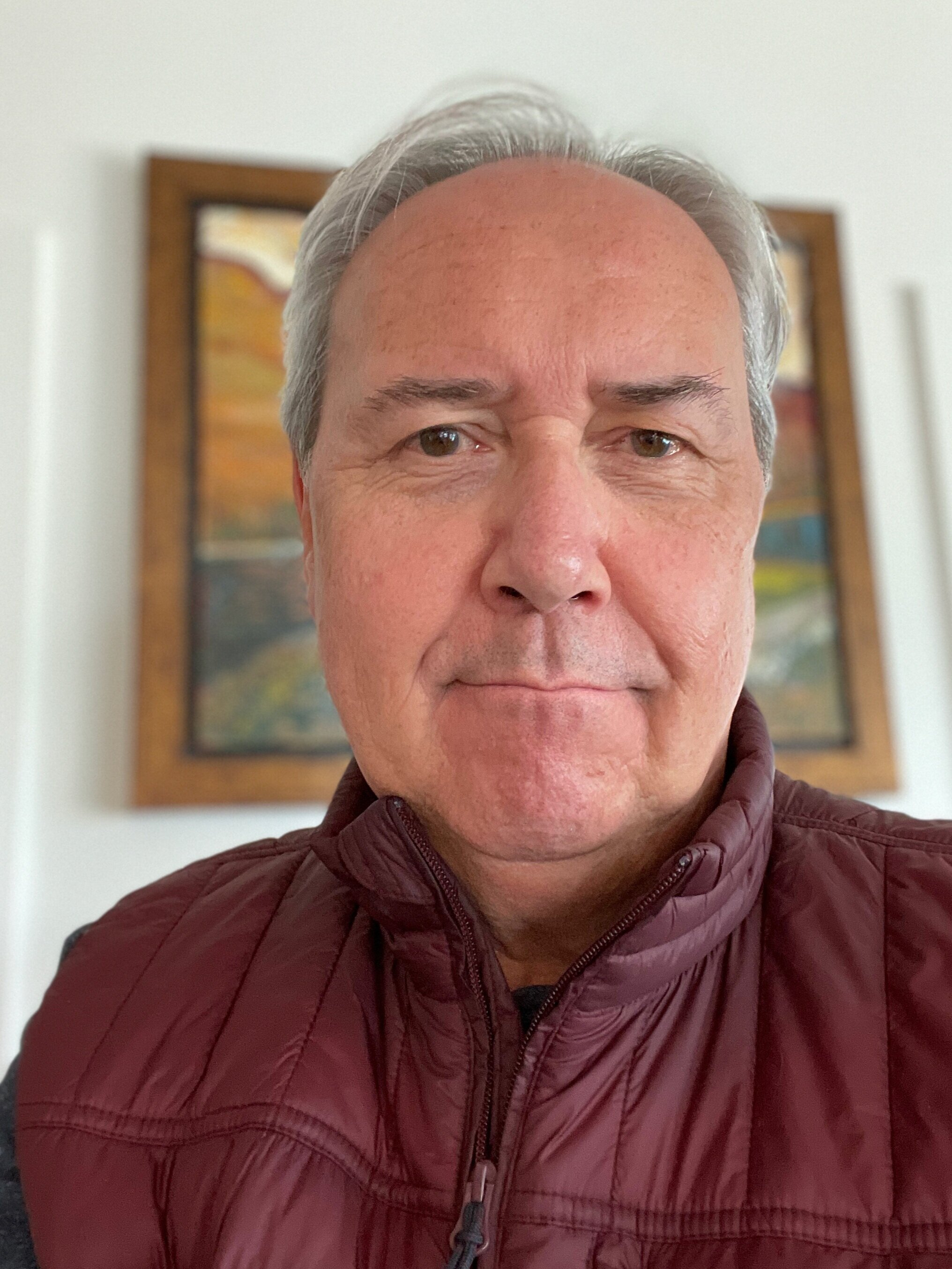Indigenous people have actively participated in their own health and wellness in the past - how can we continue that trend?
By Richard Budgell
A story was told in my family about the birth of one of my aunts, my mother’s youngest sister, in 1936. When she was born, a whooping cough (pertussis) epidemic was taking place in their small village, North West River, Labrador. My grandmother enforced a strict quarantine for the baby, keeping her in the parents’ bedroom and not allowing anyone but her mother to touch her or come near her until the epidemic was over. While many other children infected in the whooping cough epidemic did not survive, my aunt did. And she went on to become a nurse.
I suspect my grandmother had learned about quarantine from the personnel at the local hospital, which was established in 1915 by a medical missionary organization, the International Grenfell Association. It was the only hospital for hundreds of kilometers and its presence saved many lives, over the nearly seventy years that it was in place. My aunt, and most of her siblings, were born in that hospital.
North West River, Labrador, circa 1969. The hospital is seen on the left
It was, at the same time, an institution of colonialism. The Western medical knowledge and practices that it transmitted implicitly diminished the importance and value of traditional Indigenous medicine. Many North West River residents had inherited knowledge from their Inuit ancestors – along with ‘folk medicine’ and home remedies from European ancestors, and knowledge learned from the neighbouring First Nations people, the Innu. I was with my grandmother one spring when she made, in a large pot over a fire outdoors, a medicinal tonic with new buds from spruce trees.
In how my grandmother lived her life, she exercised agency and choice. She was able to acquire and apply the Western medical knowledge about quarantine – and still continue with health practices that she had inherited. However, the practice of making the spruce tonic did not continue in the family. Did it simply become inconvenient, or was it stigmatized as old-fashioned or backward?
Being able to benefit from the advances in Western medicine, without having your own concepts of health and wellbeing undermined or dismissed, is exactly what contemporary Indigenous people in Canada are seeking. How can those of us involved in, or being trained to become involved in the Canadian health system help to ensure that Indigenous people will receive that sort of reception? – I have some suggestions to offer.
First, all of us in health care, or involved in the education of health professionals, need to educate ourselves about Indigenous peoples and perspectives. I count myself in this – even Indigenous people need to continue to educate ourselves about our own cultures and peoples of origin, and the other Indigenous peoples who are our valued cousins. Within the Inuit homeland, Inuit Nunangat, in Nunavik, in northern Quebec, there are extensive efforts to describe Inuit conceptions of health. The Nunavik Regional Board of Health and Social Services published in June 2021 a fascinating study called Definition Of An Inuit Cultural Model And Social Determinants Of Health For Nunavik. The report provides very useful, and deeply humane, explanations of Nunavik Inuit understandings: for example, the term qanuinngisiarniq encompasses “feelings of being comfortable, content, and without worries or pain. […] to share in a joy-filled afternoon picking berries with friends, laughing and conversing, or simply having loved ones around are also experiences of qanuinngisiarniq.”
Part of the continuing education in which we all need to engage is examining the possibility of implicit bias in our actions. There is a growing Canadian-specific literature about racism and its impacts on health; a 2020 publication by the National Coordinating Centre on Indigenous Health, Indigenous Experiences With Racism And Its Impacts provides a useful overview of how structural racism intersects with other forms of discrimination against indigenous communities and how it is manifested. The publication highlights how racial discrimination acts as a major determinant impacting the overall well-being of Indigenous populations.
Structural change must also happen within the health care system. In 2019, the Quebec government-mandated Viens Commission concluded that “it is clear that prejudice toward Indigenous peoples remains widespread in the interaction between caregivers and patients.” The Commission recommended that “cultural safeguard principles” become incorporated into health services and programs for Indigenous people (Viens, 370).
The Viens Commission also made reference to the 2007 United Nations Declaration on the Rights of Indigenous People. Its Article 24 states:
Indigenous peoples have the right to their traditional medicines and to maintain their health practices, including the conservation of their vital medicinal plants, animals, and minerals. Indigenous individuals also have the right to access, without any discrimination, to all social and health services.
I proposed in a 2020 article that many legal instruments suggest a legal and constitutional right for Indigenous peoples to control their own health services. In the Quebec context, there are health structures that are controlled by the Indigenous people they serve: the Cree Board of Health and Social Services of James Bay and the Nunavik Regional Board of Health and Social Services are managed by the Eeyou/Eenou (James Bay Cree) and the Nunavik Inuit, respectively. Both institutions are essentially creations of the land claims treaty signed by Canada and Quebec in 1975, the James Bay and Northern Quebec Agreement. Additionally, 26 federally-funded health centres and nursing stations are managed by First Nations in Quebec; two are still managed by the federal government.
Apart from those examples, there is currently little space for Indigenous people to participate in the governance of health systems. All regional health entities in Quebec – Centres intégrés de la santé et des services sociaux and Centres intégrés universitaires de la santé et des services sociaux – have boards of directors (conseils d’administration) and user committees. Boards of directors are a mix of designated and elected members: for example, doctors’ and nurses’ councils in the institutions can designate members. The law does not have provisions for representatives of Indigenous communities served by the health establishment to be included on boards of directors. However, it could be changed to make that a requirement to improve inclusive governance.
Finally, the low numbers of Indigenous people working as health professionals contribute to the estrangement of Indigenous patients and clients in the health system. When Indigenous professionals are a small minority of the staff of health care establishments – even in Indigenous settings – those of us who are in health education need to ask ourselves whether we are doing enough to eliminate barriers and foster recruitment. Could the education of professionals in different professions – nursing and medicine, for example – be better linked and laddered, so that education is more transferable from one field to another? How can components of health education become more accessible for students from remote and northern communities? We also need to work in a more concerted way to embed Indigenous knowledge in all aspects of health sciences education.
We need a health system that supports the involvement of Indigenous peoples in the promotion of their own and their family’s health. We need to build a system that considers and emphasizes fundamental issues of justice and equity in our society – as those issues impact all of us and are crucial in building health and wellbeing for all.
About the Author
Richard Budgell (Labrador Inuit) is an Assistant Professor in the Department of Family Medicine and a doctoral student in History at McGill University.


